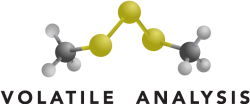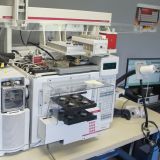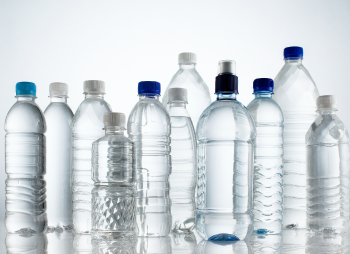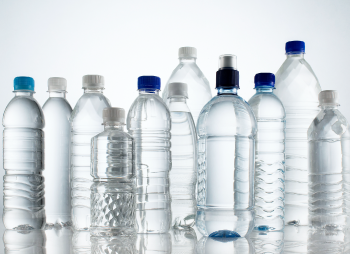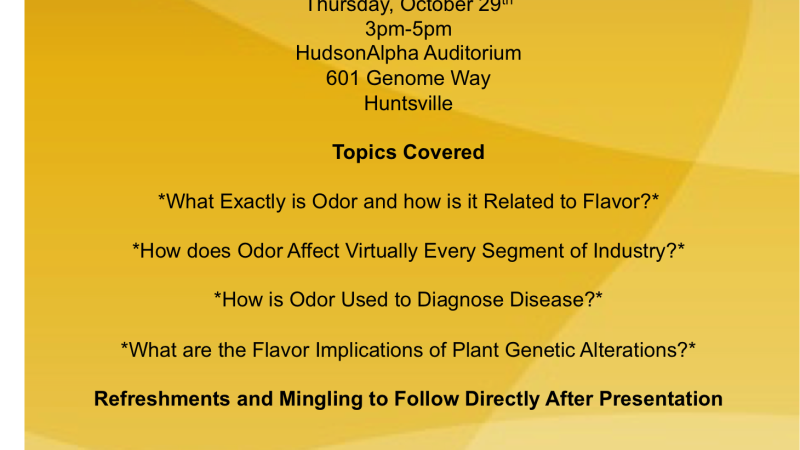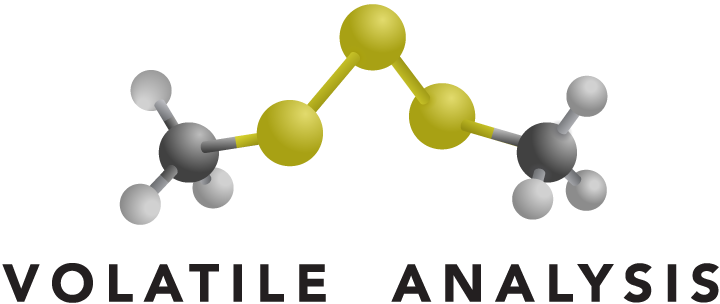
Plastics
Description of Industry
Plastics (most commonly HDPE) are susceptible to a host of trace level off-odor causing chemicals such as trichloroanisole (TCA), tribromoanisole (TBA), phthalate species, and BPA. With plastics being utilized in so many products, a pro-active odor strategy is critical for risk aversion. Volatile is the best firm to work with you on developing this strategy.
While many are aware of the problematic chemical names, most are unaware of what the precursors are that produce these chemicals and how to monitor for them prior to a disruption that creates recalls or impact to your reputation. Volatile understands how to assist you with a comprehensive approach to address these issues.
Along with odor consulting, Volatile has a laboratory to utilize for any required testing that is needed as part of problem resolution. Testing for off-odors in the plastic industry may include samples of different raw materials from various stages of the production process (i.e. resins) as well as related packaging materials that are known to transfer odorous chemicals such as pallets and corrugated.
Plastics are constantly under regulatory scrutiny and VAC is the best company to assist you to prevent complaints and with responses to complaints when your plastic has been implicated introducing an off odor.
Applicable Services
What we do
Anything related to odor in plastics can be addressed by Volatile. Volatile understands precursors that can introduce problems into your plastics. From new product development to litigation support, our scientists have solved global problems related to odorous chemicals in the plastics industry. VAC’s goal is to professionally supplement your team when you need highly specialized odor/aroma support.
Odor Analysis GC-MS/O
Gas chromatography-mass spectrometry/olfactometry provides the very best technique to quickly resolve off-odor issues. This method requires a trained odor judge to sniff GC effluent and rate odor character and intensity. This information is coupled by retention time automatically via software to GC-MS chromatogram data to allow for rapid odor identification. Our sensory and analytical team have more than 20 years experience with odor, analytical, and organic chemistry, and sensory analysis. Read more about our GC-MS/O Odor Analysis service by clicking HERE.
Odor Baseline Establishment
Baseline GC-MS/O measurements have proved extremely helpful to our clients because they establish the aroma and chemical profile of a product considered good. When odor problems arise new GC-MS/O analyses can rapidly determine what chemical changes occurred compared with a product considered good to allow for production process examination and off odor mitigation. For more on this service click HERE.
Odor Complaint Mitigation
Our team has the capability to provide a rapid and accurate response to your odor problem. We employ the latest in scientific instrumentation plus our team has more than 20 years experience with odor chemistry and analytical measurement. For more information on Odor Complaint Mitigation click HERE.
Odor Strategy Development
Strategies depend on variables such as the state of material (liquid, solid, gas), chemical type of suspected odorant (some chemicals must be treated different due to unique characteristics), quantity of material available, accuracy of odor descriptors, to name a few.
Based on answers to an initial questionnaire we will utilize the most appropriate and advanced scientific techniques and instruments currently available to detect and measure volatile chemicals responsible for odor. To find out more about our Odor Strategy Development service click HERE.
Sensory Panel Creation
VAC offers unique capabilities in sensory and analytical. In support of our off-odor work we routinely convene sensory panels. The most frequently used include quantitative descriptive analysis (QDA) where a descriptive panel is trained for measuring product attributes. We also conduct threshold testing in various media. This is particularly useful when assessing how problematic specific odorants are in a given product formulation. If you need assistance creating a sensory panel and for more information click HERE.
Known Chemical Threshold Detection
Chemical threshold refers to the level of chemical that must be present before it can be detected. There is also an odor threshold. Often times the human nose still is better than instrumentation when it comes to detecting a chemical. This is not to imply current technologies are not good. In fact current technologies can detect chemicals at levels below 1 part per trillion. That is better than picking out one person from the surface of planet earth. Still the human nose is better than that for certain chemicals. Want more information about our Known Chemical Threshold Detection utilizing our GC-MS-MS (Triple Quad)? Click HERE.
